About Eric Wilson
Eric Wilson has established himself as one of Britain’s leading wildlife artists, a multi-award winner whose paintings are now widely collected throughout the world. His artistic ability was evident from his earliest schooldays; “Eric has an artistic talent way beyond his years” wrote his art teacher in 1967.
As a child of Scottish parentage, Eric would spend his formative years roaming the highland mountains of Scotland where his lifelong love of wild places was born. It was natural and inevitable that Eric would combine his talent with his love of wildlife and become a wildlife artist.
Eric has exhibited widely in London, Germany and the United States, exhibiting at the prestigious Florida Wildlife and Western Art Exposition and The National Exhibition of Wildlife Art where his work has won several awards. His paintings have appeared in magazines and books such as “The Best of Wildlife Art” and “Keys to Painting Fur and Feathers”, by North Light Books.
Visit Eric’s Websites:
https://www.ericwilsonwildlifeart.com/
Wildlife Art Demonstration: A step by step guide
Step 1
I wasn’t taking this picture too seriously at this stage, as I was still experimenting with pastels and wasn’t sure if the Schmeike sandpaper surface I was drawing on was capable of delivering fine results. I had sketched the cub out loosely on paper and then transferred it to the Schmeike pastel paper. I was using pastel pencils and doing some smudging with my fingers, the face started to take shape and so I decided to continue.
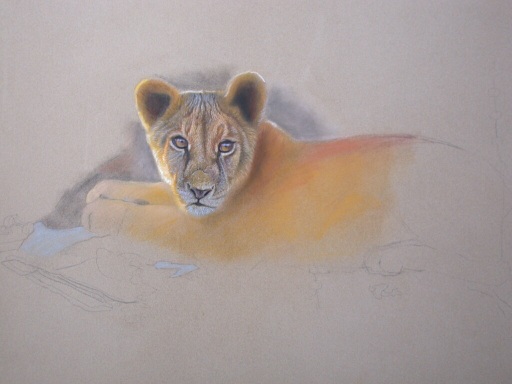
Step 2
I liked the way the ‘tooth’ of the pastel paper held onto the pastel and felt confident to build up layers of colour. The eyes are always the key to a cat portrait and I was happy to see that I could ‘glaze’ over with a light magenta to show some reflection giving life and the illusion of wetness to the eyes. It was important not overdo this however, as I had to bear in mind that the eyes were actually in the shade and not reflecting direct sunlight. With that in mind a magenta was used in preference to a bright white which would have been a mistake. I was beginning to spread an undercoat of raw sienna colour across the body by this stage.
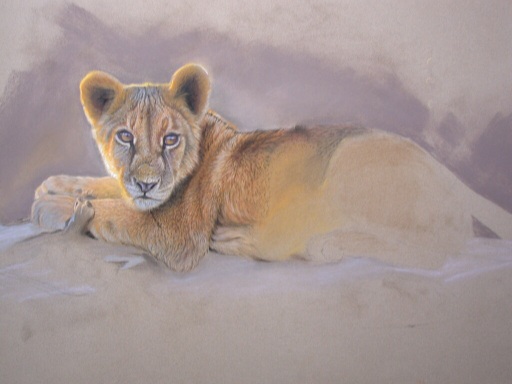
Step 3
Over the raw sienna, which was done with a ‘wash’ of softer pastel, I started to build up the direction of the fur with darker strokes. Direction is all darker strokes. Direction is all important, as when it is done with a careful understanding, it gives a clear shape and solidity to the whole body. A framework upon which to build.
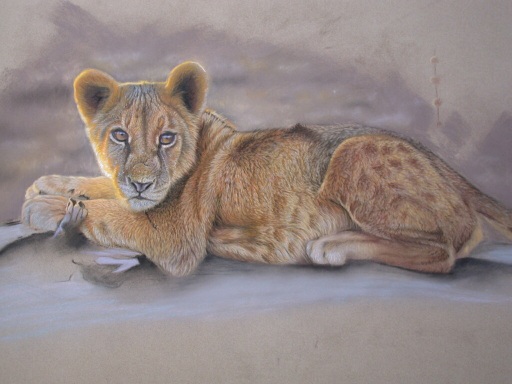
Step 4
It is believed that lions used to have spots much like leopards, but as jungles gave way to open plains the spots gradually disapeared. You can still see them if you look closely though, particularly in young remember with this painting. By this stage I knew I had a winner on my hands and had begun to draw in the log and some loose suggestions of a background. You will notice that I had left the edges of the fur unfinished at this stage, particularly around the top of the head and ears as I knew I would have a lot of rubbing and blending to do for the background and there would be no point in finishing the edges of the fur prior to this being done.
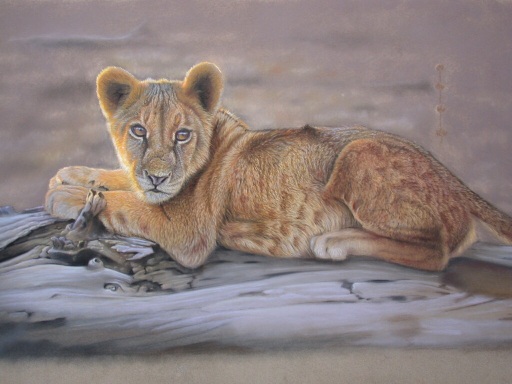
Step 5
I’m nearing completion by this stage, I’ve blended the soft greys of the log with soft pastels and have used charcoal for the darker lines. Realism in paintings can be helped by the most subtle of things, like being mindful of the fact that colours reflect onto nearby objects. With this in mind I’ve added some warmer ‘lion tones’ to the upper log near to the cubs body. It all helps create the illusion of reality.
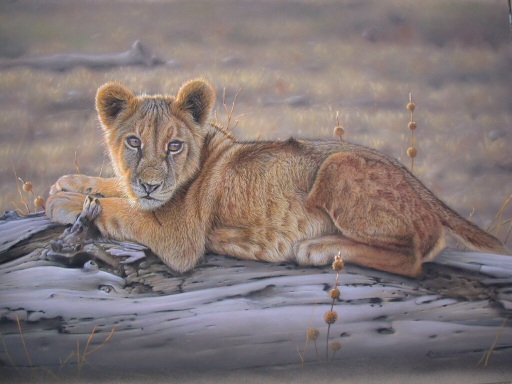
Painting Finished
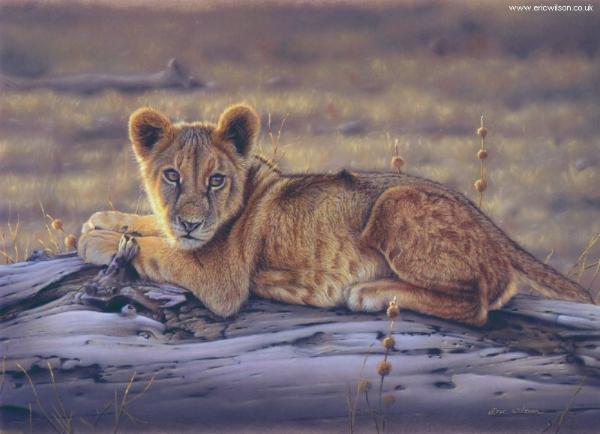
The finished pastel painting. Lots of loose smudging in the background contrasts with the sharp rendering and bolder colouring of the subject to create the illusion of depth. Grasses have been added for extra interest and to provide the oppertunity to show more glowing sunlight. The smoothness of the sun bleached log contrasts nicely with the fur of the Cubs body. Its all about surfaces and textures complimented by their differences and yet all working harmoniously together to create something that looks real.
I was very pleased with this picture and amazed at how effective pastels can be. I love their immediacy. There is no time wasted ‘off picture’ mixing colours, you simply pick up the colour you need and use it. I found that very refreshing after years of complex mixing with oil colours and was able to give 100% concentration to the picture itself and to finish it within a week as opposed to the month it would have taken using oil paints. I dont use fixative as it spoils the colours.
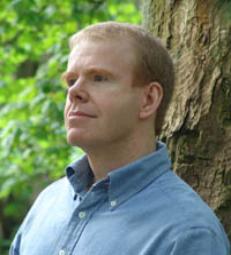
This is absolutely amazing! I love animals and i love the lion cub, how long did this take?